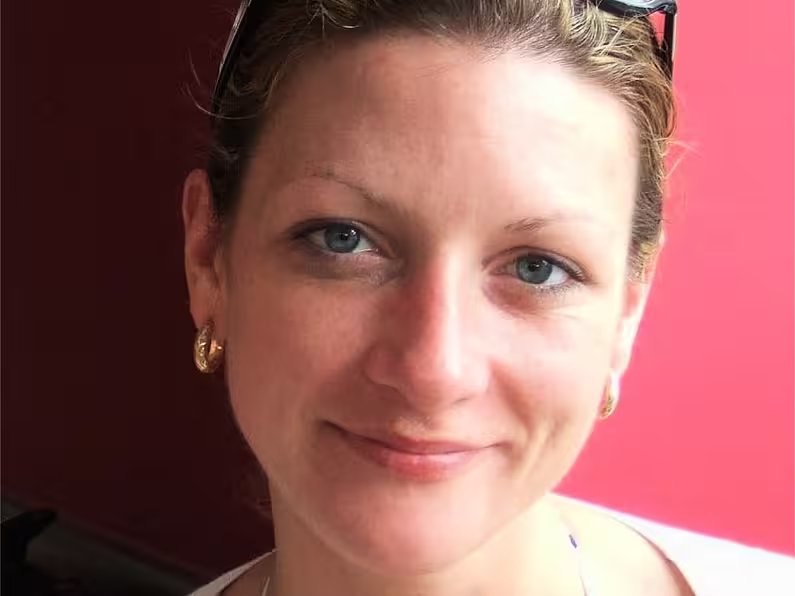Vivienne Clarke
Rapid antigen testing for Covid-19 will be used alongside the gold-standard PCR test as demand increases, the HSE’s national lead for testing and tracing has said.
Niamh O’Beirne told RTÉ’s Today with Claire Byrne programme that antigen testing will be used for close contacts who will have to self-test four times – on days zero, five, seven and 10. These people will also have to self-isolate.
There had been a significant rise in demand at community testing sites in recent days, she said, with an average positivity rate of 5.9 per cent, rising to 15 per cent in some locations. This compared with positivity rates of up to 50 per cent last January.
At present the highest positivity rates were in Roscommon, Donegal, Wicklow, Cavan, Louth and Monaghan, with the majority in the 21-30 age group.
Ms Beirne said that much of their planning relied on the National Public Health Emergency Team's (Nphet) modelling which allowed her teams to prepare to step up capacity as required. Some possible scenarios were “very startling”, she said.
Here are today's open walk-in #COVID19 test centres:
Carlow, R93 Y2V0
Belturbet, H14 FP83
Ennis, V95 Y981
Letterkenny, F92 FW6Y
Drumlonagher, F94 EH30
Buncrana, F93 PW65
Blanchardstown, D15 YV78
Citywest, D24 KF8A
Sackville Avenue, D03 P6E5
Galway Airport, H91 VWX2
(1/4) pic.twitter.com/lgu0Yz5DFn— HSE Ireland (@HSELive) July 16, 2021
If the level of demand were to rise to 120,000 per day, PCR testing would not be possible which meant that plans this time included antigen testing for close contacts. A box of five antigen tests would be sent to each close contact and their results would be monitored.
The demand for tests will increase in the next two weeks, she said. The initial “lift” in numbers had been higher than modelled.
In January, even though the numbers were very high, all close contacts had been contacted, she said, even on the worst days when they were coping with 6,000 to 7,000 cases. However, the calls to those contacts were of a shorter duration, to allow more calls to be made.
Pop-up centres
Pop-up centres would be deployed to bigger testing centres on busy swabbing days, said Ms O’Beirne, as it was more effective to test 500 people at a bigger testing site than 19 in a smaller location. If there was a surge in a village then people would be directed to a larger mass testing centre.
Ms O’Beirne encouraged the public to continue to use the Covid Tracker app and to “tell us all their contacts” as it was now known that people had more contacts.
The vaccination programme was helping the situation, she added. “It is the unvaccinated that are contracting the virus.”
Of the 107 outbreaks in the last week, two were in hotels, while the previous week hotels accounted for eight of 121 outbreaks, she said. Most of the outbreaks were from group settings, house parties, family gatherings with travel cases on the increase, she said.
Travel accounts for approximately ten per cent of cases currently, she said. “Flights are complex for us,” as manifests, travel locator forms all have to be followed up. The number one cause is close contacts, flights are second and social gatherings are third, she added.
The HSE had a supply of antigen testing kits ready if required, while testing and tracing will be able to adjust their capacity to cope with 15,000 to 16,000 calls per day, she said.
Side-stepping Nphet
Earlier on Friday, Prof Liam Fanning, a professor of immunovirology at University College Cork, said the fact the HSE is now using antigen testing for close contacts of cases shows it is essentially “side-stepping” Nphet.
Chief medical officer Dr Tony Holohan has been vocal in expressing his concerns about the limitations of antigen tests.
However, Prof Fanning told Newstalk radio that ruling out antigen testing was like “hurling with one hand”.
The HSE’s clinical lead on contact tracing, Dr Greg Martin, later explained that antigen testing will be used only when PCR testing has reached capacity of 20,000 tests per day.
Speaking on RTÉ radio’s News at One, Dr Martin said that the contact tracing system had been working “full steam ahead” in recent weeks and while the workload had increased the increase had been anticipated and plans had been put in place.
The system had been set up to deal with high volumes, he said and staff were “well able” to continue their important work. Even though case numbers were up, the level of hospitalisation had “not hit as hard” as during previous waves in the pandemic.












